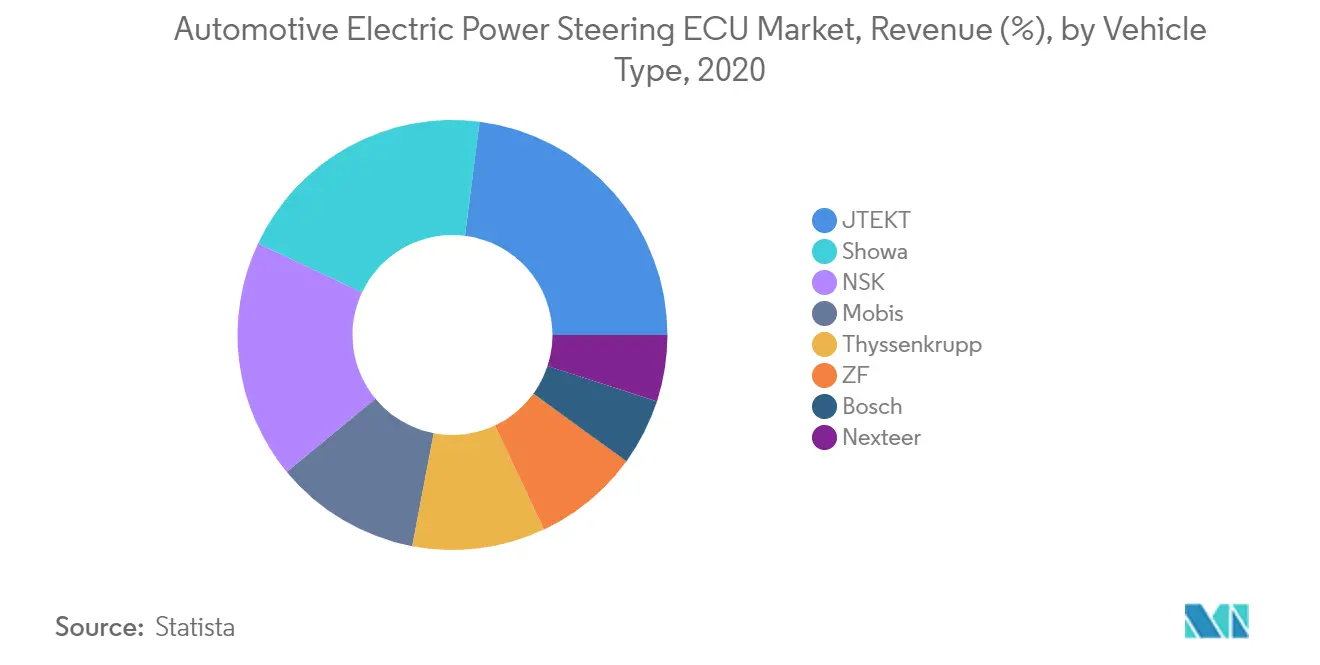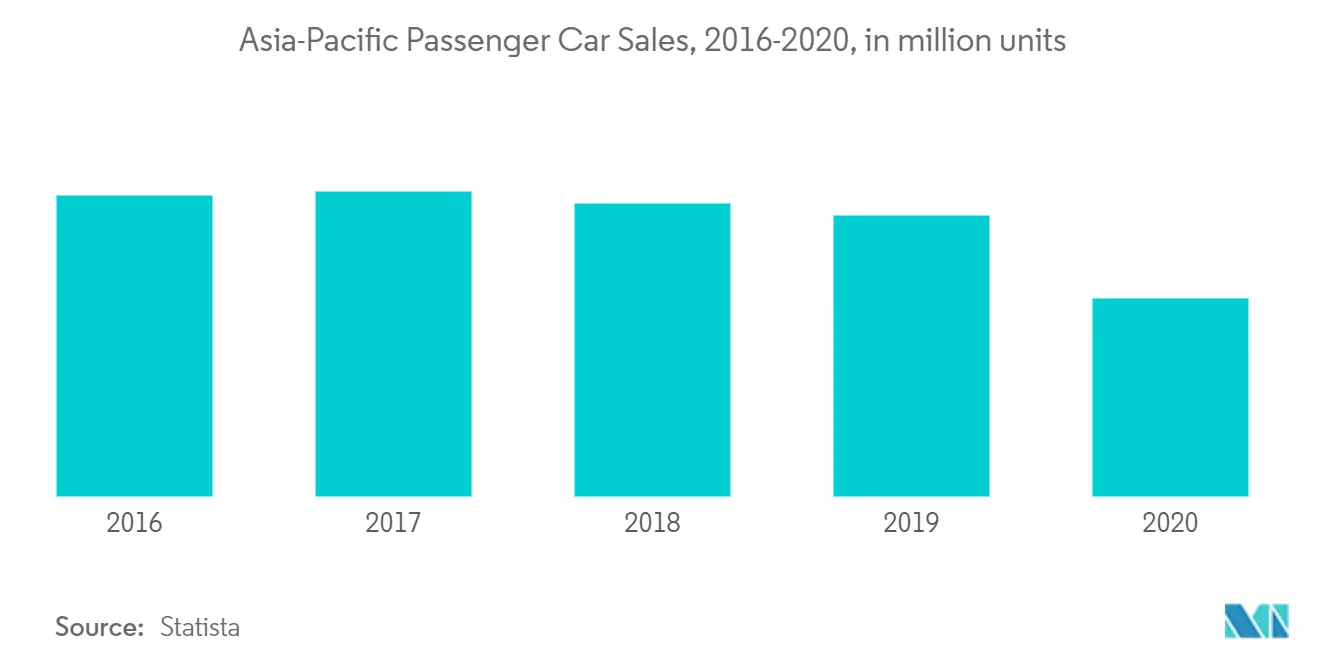Market Trends of Automotive Electric Power Steering ECU Industry
This section covers the major market trends shaping the Automotive ECU Market according to our research experts:
Rising Demand for Electric Power Steering (EPS) ECU
The electric ECU provides a lower cogging torque for a better driving experience, improving the interaction between the permanent magnets of the rotor and the stator slots of the permanent magnet (PM) machine. Traditional steering systems required the driver to continually make minor steering corrections to compensate for irregularities, such as road camber or crosswinds. However, modern electric power steering automatically assists the driver in case they encounter such barriers. The ECU unit can register if the driver is continuously counter steering and automatically compensate for the correction to ensure optimal engine performance.
ECU consists of three significant components that are the control module, power module, and control software. The control module gives access to power the switches and performs diagnostics functions in the power module. The power module consists of three half-bridges where each half-bridge powers one phase of the three-phase electric. Lastly, the control software is the algorithm that enables to control the speed and torque of the EPS unit. However, designers face challenges such as meeting a flexible yet cost-effective architecture that can be equipped in cars, ranging from SUVs to compact vehicles, by satisfying power requirements for different steering rack loads.
However, there is a demand for higher steering power to improve driver comfort and feedback without losing power assistance, especially at a slower speed. For instance, Nexteer uses three different sensor technologies. Each can be used with the same position sensor, torque sensor, and ECU. The company has introduced solutions that reduce the steering angle sensor, which provides active lighting, stability control, and ADAS. They broadcast an absolute steering position based just on the EPS motor sensor.

Asia-Pacific is Expected to Dominate the ECU Market
The Asia-Pacific region is primarily driven by growing vehicle production and sales. To meet government safety standards and emission norms, technological advancements are being made to the ECU segment.
India is an emerging economy where electric power steering (EPS) implementation in passenger cars is overgrowing, owing to its advantages, such as no hoses or fluids required in the steering system, thereby reducing the repair and maintenance costs. Implementation of EPS systems also helps in reducing accidents as drivers have better control over the vehicle.
Electric power steering significantly makes driving safer. Companies such as Infiniti Q50 incorporated adaptive steering in vehicles whose sensors continuously monitor the position of the steering wheel. Also, these torque ECU sensors are integrated into the EPS system. The torque sensors measure the effort applied by the driver to steer the vehicle.
Currently, less than 40% of the passenger cars are running with EPS technology. However, stringent government regulations regarding fuel efficiency are likely to drive the growth of the ECU segment. In 2019, the Indian government modified the tax reforms for gasoline, diesel, and hybrid cars to promote the sales of automobiles.

